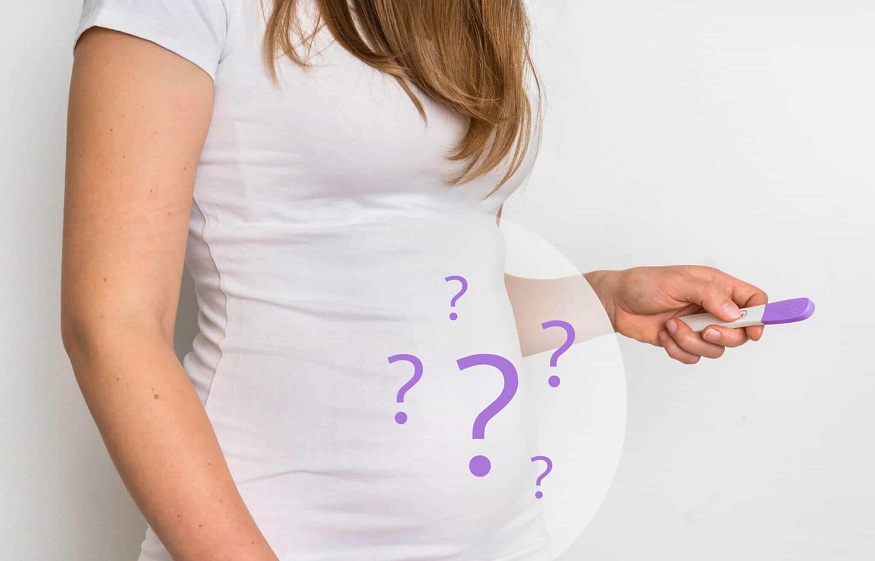
Ovulation is the best predictor of a woman’s fertility. The ovulation test is one of the ways to measure the time of ovulation. A fertility test for men also plays a role in helping determine the female’s ability to conceive, as it can make it clear if the fertility issue is coming because of the man or the woman. Ovulation and fertility tests are two tools for women who want to get pregnant fast. One thing that may hinder their ability to conceive is irregular menstrual cycles, which can make it difficult to know when they are likely to be fertile or not. Ovulation is the process by which an ovary produces an egg. It occurs at intervals of one or two weeks and lasts between 24-36 hours. But this can only give you a vague idea, so let us talk about it in detail to make you understand better.
How Does Ovulation Work
The day your menstrual flow begins resets your menstrual cycle. That is the beginning of the follicular phase, during which the egg matures and is released during ovulation. During the follicular phase, your body produces follicle-stimulating hormone (FSH), which aids in the maturation and release of the egg inside your ovary.
When the egg is mature, your body produces a surge of luteinizing hormone (LH), which causes the egg to be released. Ovulation typically occurs around day 14, 28 to 36 hours after the LH surge. The luteal phase follows ovulation. If pregnancy occurs during this phase, hormones will keep the lining from shedding. Otherwise, bleeding will begin around day 28 of the cycle, signalling the start of the next cycle. The fertile window is the six days preceding and including ovulation. This is the time when sexual activity can result in pregnancy. After sex, the sperm may remain in the fallopian tubes for several days, ready to fertilize the egg when it is finally released. Once in the fallopian tubes, the egg has about 24 hours before it can no longer be fertilized, effectively ending the fertile window.
Ovulation Pain
It’s not uncommon to feel pain during ovulation. People who ovulate experience discomfort near the middle of their menstrual cycle. The pain is usually felt once a month. Depending on which ovary is releasing an egg that month, you’ll feel it on the left or right side of your lower abdomen. The discomfort can range from mild to severe. It could be achy or sharp, like a cramp. Consult a doctor if the pain is severe. There may be ways to alleviate your discomfort. A doctor can also determine whether additional testing or treatment is required.
Conclusion
That was everything that you needed to know about ovulation, how it happens, and the mild pain you can feel while ovulating. Ovulation is the best tool for women who are trying to conceive, so it is better to have a clear understanding of what it is and how it works.

